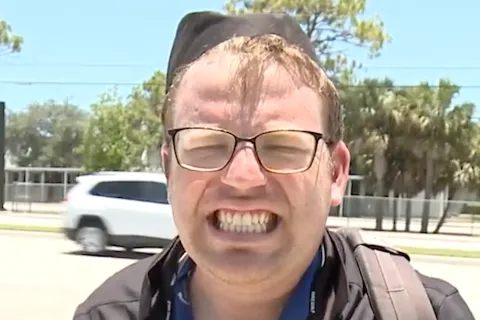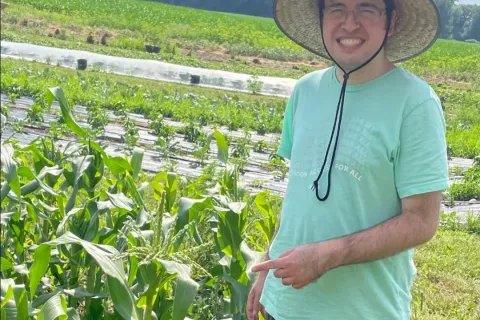Autistic adult perspective: Learning to recognize and manage my anxiety
By Lydia WaymanLooking back, I have always had anxiety. As a child, I had some intense and very specific fears. I couldn’t verbalize it, so the refusals and meltdowns seemed to come out of nowhere and could make daily life difficult. All through school, I would miss a lot of days because I “just didn’t feel good.” I wasn’t lying or exaggerating, but I couldn’t explain what was wrong. I remember thinking that being bumped in the hallway or even walking in the building would make me throw up.
Often, those around me didn’t know how much I was struggling because I couldn’t communicate how I was feeling. I didn’t know it, but I gave few outward clues that anything was wrong, even when I was suffering inside.
When I started going to counseling in my late teens, I didn’t find it very helpful. I learned about changing my thoughts in cognitive behavior therapy (CBT) and strategies for handling my emotions through dialectical behavioral therapy (DBT). It’s hard to think differently or apply strategies when you can’t identify your emotions or communicate about them.
Eventually, I learned to identify anxiety in a different way. Instead of a feeling, I recognize it as a change in how my brain is processing information. To identify causes and find strategies, I look for patterns. For example, I noticed that I would shut down after spending a few hours in busy indoor spaces. It was like my brain froze, and it became very hard to speak, make choices, or cope with change. The same thing used to happen at school and at parties. The pattern is that sensory overload is a common trigger for my anxiety.
Now, I know how to prepare for those environments — I bring headphones and plan for breaks. Sometimes I choose to text if speaking is hard and I start to feel trapped in my head. Those who support me now understand why I may stop talking or seem “checked out.” They also know that busy places are not a good time to talk or ask questions.
While it may sound like I have a great handle on my anxiety, it doesn’t always look pretty in practice. In the midst of it, I can’t seem to pause and say, “I’m feeling stuck because I’m really anxious about this and trying to work through it. I appreciate that you are trying to help. It’s not that your suggestions are bad, it’s that I can’t process anything you’re saying to me right now.” But since the other person in this scenario is usually a family member, we both understand that without having to talk through it.
I have learned that it is worth it to revisit strategies that didn’t work for me in the past. I couldn’t put the CBT and DBT skills to use when I was learning about them, but I now find concepts such as cognitive distortions, mindfulness, and distress tolerance to be helpful in daily life. I have also made a ton of progress in communicating my thoughts and feelings over the past ten years, mostly by processing them by typing rather than talking. I don’t think there would be a way to force that growth to happen faster—my brain simply needed more time to develop.
I may not be able to stop my anxiety, but I am better empowered to manage it. The best strategies for me are ones that don’t require me to use my already-overwhelmed brain to process my feelings or communicate that I feel anxious. I know based on patterns in what I’m doing and how I’m behaving. When anxiety is no longer a mystery or even unexpected, it isn’t nearly as overwhelming.
To learn more read: Autism and Anxiety: Treatment options for adults
About the author
Lydia Wayman is an autistic advocate with a B.S. in education and an M.A. in English and nonfiction writing. Through her presentations, writing, and art, she uses her experience to support families and professionals by helping them understand how autistic kids see the world. She has worked at an autism resource center, mentored youth with disabilities, and spoken at Girl Scout events, parent-led groups, and conferences with her autistic peers. Her writing has appeared in magazines, books, and newspapers, and she has helped to develop several training programs and professional courses. Her work for Autism Speaks includes articles on coping with the holidays and Social Media, and the Roadmap to Self-Empowerment for Autistic Adults, among others.













